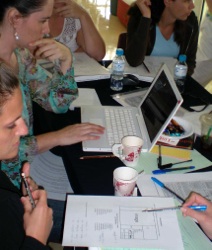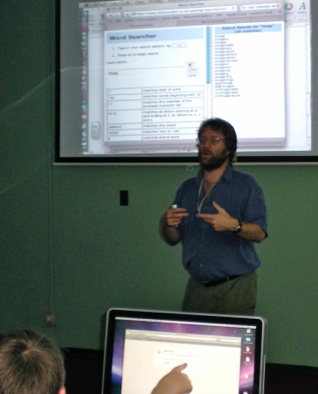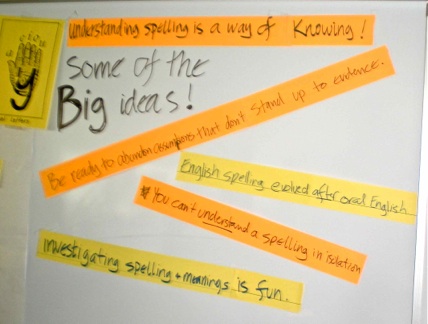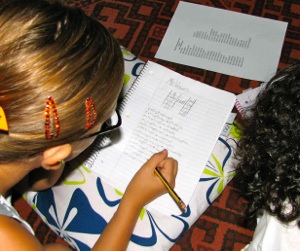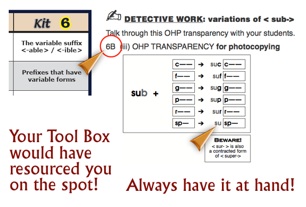WordWorks integrates Structured Word Inquiry with Understanding by Design & the PYP
The PYP and Understanding by Design provide a framework for curriculum of many of the international schools I am working with. Clearly the philosophy of inquiry links those frameworks and the instruction supported by WordWorks.
I have been particularly impressed by the way I saw Understanding by Design help teachers frame their instruction with explicit focus the deeper underlying understandings supported by lessons in any content area. Schools with that instructional framework in place are quick to see that the target of a structured word inquiry lesson using Real Spelling is not the spelling of the word studied. Instead words are investigated to develop (a) enduring understandings about how the English spelling system represents meaning, and (b) strategies for effective problem-solving of any ordered system.
The lesson I am making available for you to download proved to be productive for illustrating these deeper learning goals of structured word inquiry with each audience (student and teacher) that used it. Read on to see some examples of spelling questions and discoveries sparked by just one spelling lesson and related enduring understandings or “big ideas” this investigation sparked.
A Lesson investigating <imagine> and its family members with the Word Searcher:
-
 See this link for more on the distinction between teacher-led inquiry and inquiry-led teaching.
See this link for more on the distinction between teacher-led inquiry and inquiry-led teaching. -
 Go to the bottom of this page to see how the inquiry-led teaching with the middle school in Sumatra resulted in our identifying a prefix <su-> which in turn resulted in Melvyn Ramsden revising his prefix chart!
Go to the bottom of this page to see how the inquiry-led teaching with the middle school in Sumatra resulted in our identifying a prefix <su-> which in turn resulted in Melvyn Ramsden revising his prefix chart!
After using an inquiry-led teaching opportunity to learn about these new features of English
spelling with the help of the middle school students in Sumatra, I was able to target some of
those concepts on purpose in subsequent uses of this lesson (back to teacher-led inquiry).
You can see images of those lessons with Grade 5 students at ASD in Qatar, teachers at Riffa
Views International School in Bahrain, and then with 60 elementary teachers at the International
School of Beijing. A video from one of these sessions is posted here, and more are more are
on their way!
A peek at some the lesson and the learning it generated


After testing connections of structure and meaning, groups of learners first eliminates unrelated words, then problem-solves ways to represent all the related words on the “starter matrix” provided (on right).
Enduring understandings gained by studying a word and its relatives:







